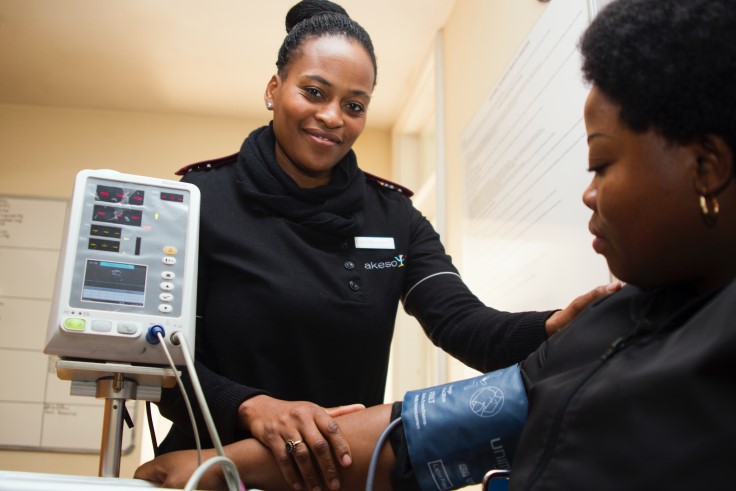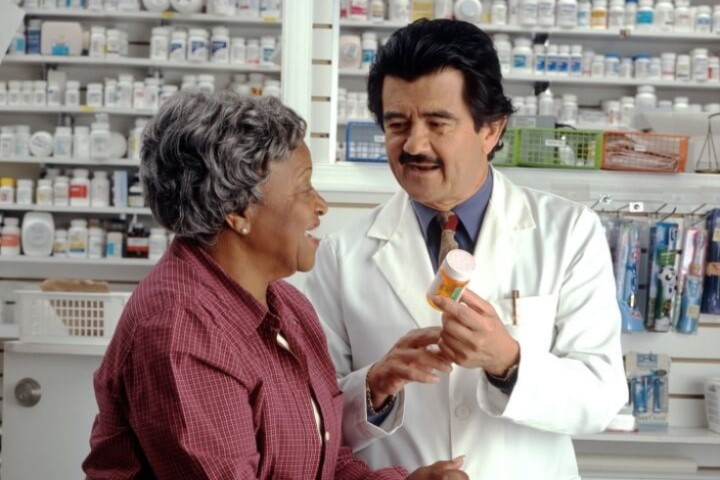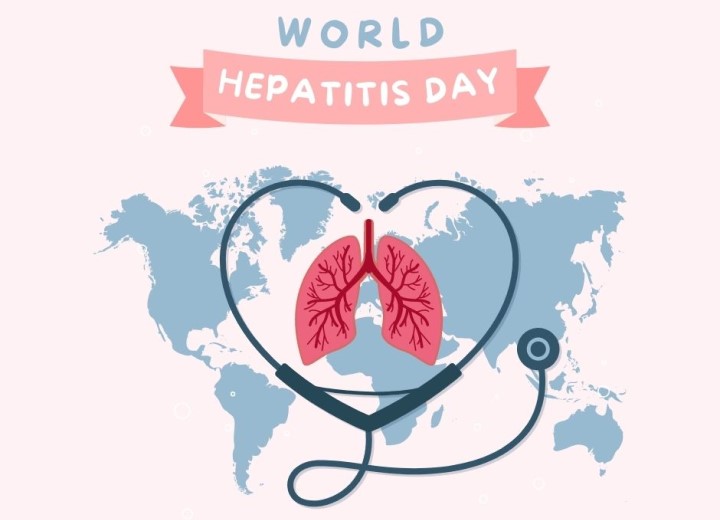- Adolescent derived from the latin word adolescere which means to grow into maturity.
- Phase of human development– the transition from childhood to adulthood.
- WHO-age period between 10-19 years from both sexes, married and unmarried people
Adolescent
- Adolescence 10-19 years
- Early adolescence: 10-13 years
- Middle adolescence: 14-16 years
- Late adolescence: 17-19 years
- Youth: 15-24 years
- Young people: 10-24 years
- Early adolescence(10-13) is characterized by a spurt of growth and the beginning of sexual maturation
- Young people start to think abstractly
- Mid adolescence(14-15): Main physical changes get completed , while the individuals develops a stronger sense of identity, and relates more strongly to his or her peer group . Thinking become more reflective
- Late adolescence(16-19): The body takes its adult form, when the individual now has a distinct identity and more settled ideas and opinion.
Why do we need to pay attention to adolescent health?
- Major physical, psychological and behavioral changes take place.
- Sexual maturity and onset of sexual activity
- Development of adult mental process and adult identity
- Healthy responsible parenthood
- Great human resources for the society
- Growth spurt and physical activity
- Menstruation
- Pregnancy
- About 1 in 6 persons in the world is an adolescent, i.e 1.2 billion people aged 10-19
- Most are healthy, but there is still significant death, illness and diseases among adolescents
- Promoting healthy practices during adolescence and taking steps to better young people from health risks are critical for the prevention
- An estimated 1.3 Million adolescents died in 2015 mostly from preventable or treatable causes
- Road traffic injuries were the leading cause of death in 2012 with some 330 adolescents dying everyday.
- 50% of all mental health disorders in adulthood start by age 14, but most cases are undetected and untreated.
- Complications linked to pregnancy and child birth are the second cause of death to 15-19 years old girls globally
- Some 11% of all girls births worldwide are to girls aged 15-19 years and vast majority are in low and middle income countries.
Psychological growth in adolescence
- Less interest in parental activities
- Mood swings
- Intense relationship with same and opposite sex friends
- Increased cognition
- Increased need for privacy
- Lack of impulse control
- Increased intellectual ability
- Risk taking behavior
Sexual Growth
- Breast bud, development of pubic hair, testicular enlargement, menarche(onset of menstruation) enlargement of voice box in boys. Armpit hair and Growth of facial hair in boys.
Adolescence and Family life
- Family life education
-Educate the growing children, especially the adolescent regarding various aspects of living in a society and interacting with others at different levels along with imparting age appropriate knowledge of biological and sexual development.
Two types of needs
-Change in physical, sexual, cognitive, social and emotional development.
-Future family related needs
Adolescence and family life
- Human relationship
- Adolescent development
- Values, morals, ethics
- Family as a basic unit of society
- Decision making and problem solving
- Career goals and planning
- Diet and Fitness
Adolescence Nutrition
- Nutrition is very important for growth
- Early adolescence is marked by rapid growth phase and pubertal changes
Adolescence counselling
- Early adolescence(10-13 years)-Concrete thinking are unable to clearly understand the cause and the effect between their behaviors and their health
- Mid adolescence(14-17 years)- Think more abstractly, typically they are capable of complex logical thinking
- Late adolescence(18-19 years)- Have a longitudinal understanding of how their behaviors affect their health. Counselling focus on risky behavior and coping skills.
- Non communicable diseases and mental health illness result in high levels of medical, social and economic burden. Most of the adult mental health disorders have their onset during their childhood or adolescence
Adolescent sexuality
- Sexuality encompass whole range of thought, feelings, fantasies, emotions, desires and language besides action sexual behavior is only part of it.
- Sex education is important at all ages, but it is more important than it is imparted during childhood and adolescence
- Sex education on self awareness, personal relationships, human sexual development, reproduction and sexual behavior.
- Help adolescent to understand their sexuality, learn to respect others feelings and to make responsible decisions.
- CDC. High Blood Pressure Symptoms and Causes | cdc.gov. Centers for Disease Control & Prevention. Published 2021. Accessed June 26, 2022. https://www.cdc.gov/bloodpressure/about.htm
- Whelton PK, Carey RM, Aronow WS, et al. 2017 ACC/AHA/AAPA/ABC/ACPM/AGS/APhA/ ASH/ASPC/NMA/PCNA guideline for the prevention, detection, evaluation, and management of high blood pressure in adults a report of the American College of Cardiology/American Heart Association Task Force on Clinical practice guidelines. Hypertension. 2018;71(6). doi:10.1161/HYP.0000000000000065
- WHO. Hypertension WHO. Hypertension. Published 2021. Accessed June 27, 2022. https://www.who.int/news-room/fact-sheets/detail/hypertension
- Mills KT, Bundy JD, Kelly TN, et al. Global disparities of hypertension prevalence and control. Circulation. 2016;134(6). doi:10.1161/CIRCULATIONAHA.115.018912
- WHO. More than 700 million people with untreated hypertension. World Health Organization and Imperial College London joint press release. Published 2021. Accessed June 27, 2022. https://www.who.int/news/item/25-08-2021-more-than-700-million-people-with-untreated-hypertension




